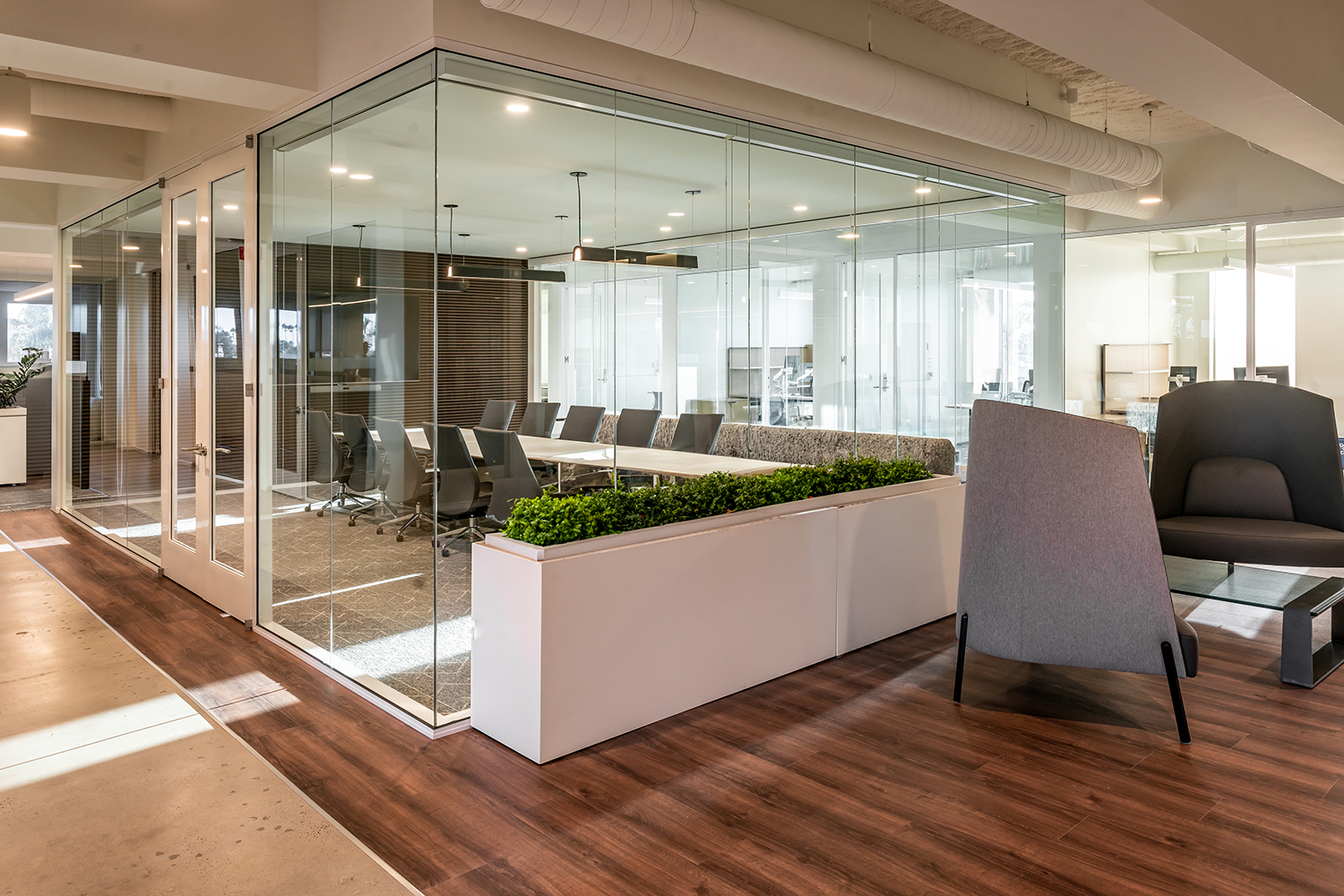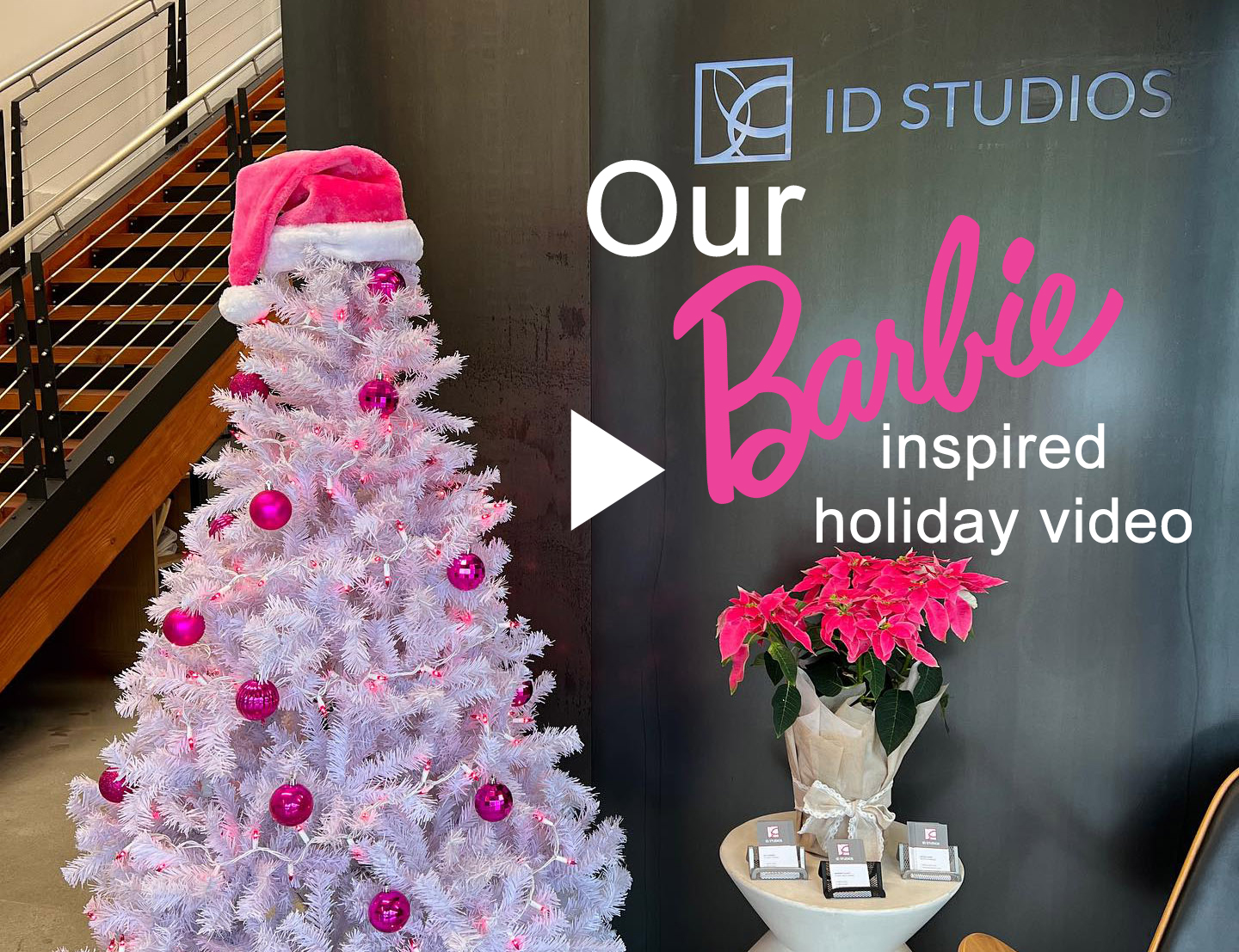Lesley Christensen is a designer with at ID Studios and started more than 3 years ago. She continues our Designer Forum section with:
What Does My Design Process Look Like?
The nitty gritty of the design process… It’s like seeing a celebrity without make-up. It starts with a solid base and is enhanced through the judicious use of experts, technology and a blemish hiding foundation, so what do the details look like before they get dressed up and made presentation worthy? Every designer’s down-to-earth, real-life technique is unique and I’d like to share mine.
Listen, Get Stuck, Listen, Expand… rinse and repeat.
1. LISTEN:
…to the client, it’s all about them

Designers can walk through a grocery store and get five new ideas, but it is not about us. Without clients – big or small, moving or staying in place, start-up or well-established – there is no place for ideas to take root and flourish, no matter how phenomenal they are. Listening to the client is the first and most important step, because with the overflow of ideas and options in a world of instant sharing, the client’s ideas provide focus and direction.
2. GET STUCK:
…in your head

This is the time when I turn my focus inward, and sort through the information I’ve been given by my client as well as my background knowledge relating to what their needs are. I call this step “get stuck” instead of the more common “brainstorm” or “ideate” because, to be honest, it usually feels like a struggle. Clients often have multiple, conflicting needs: open yet private, traditional but exciting, efficient while attractive. On complex and constrained projects this struggle to move forward while being pulled in multiple directions feels downright uncomfortable but it is critical to confidently know the projects possibilities and limitations down to the smallest detail.
3. LISTEN:
…with an open mind to external influences

- coworkers
- illustrations
- typography
- product reps
- that furniture designer you fell in love with on Instagram
- loved ones
- articles
- that one detail you spotted on the corner of a building
- books
Now comes the inspiration to get past being stuck. When you come up for air from your internal thoughts any of the above can turn your head just enough to alter the way you see what you’ve been so intently focused on, and add new momentum to your process.
4. EXPAND:
…the ideas into a 3D environment that is meticulously tailored to the client and space

This is the glorious moment when all the ideas – conversations, doubt, observations and excitement – converge into solutions and a get it done mode. Success in this phase is what makes interior design a profession. A computer program could “listen” to input and generate a generic response, but to expand upon your client’s information using the other influences and knowledge at your disposal is to provide the service that takes their project and business to the next level.
Present, Rinse, and Repeat.
These are the steps I take to develop a project from raw idea to your finished project, where the solution is a tailored design approach specifically for your company. Ultimately, the most satisfying designs finish with a space that both the designer and client love.




